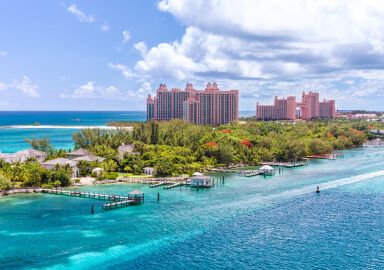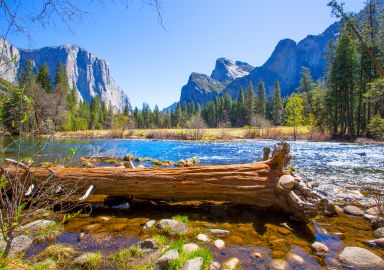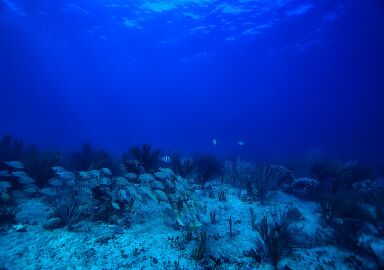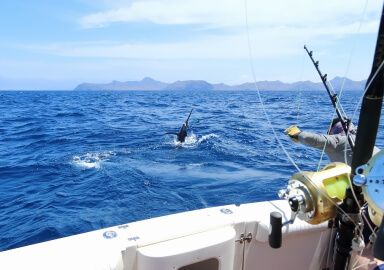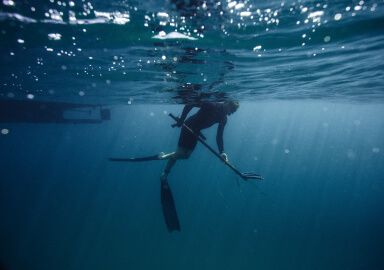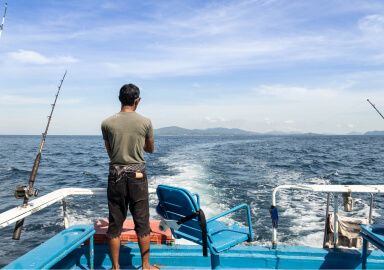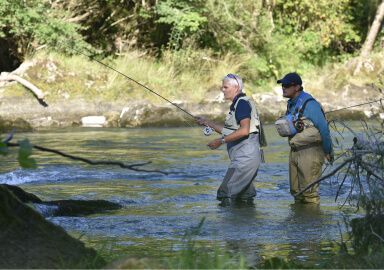Conch
Conch are large molluscs, found through much of the world’s warmer ocean areas, and important as food and other diverse uses for centuries.
View 2 listings
2
listings
–
price starting from
2
countries
–
to the nearest trip
Where and When?
Conches come in a wide variety of shapes, sizes and colours. In the Indo-Pacific region, with over 40 known species, they have been harvested for centuries, but generally for subsistence. Gathering conches for entertainment is a growing practice around Florida and the Caribbean Sea, but the most attractive species for gathering, the queen conch and the goliath conch, can be found from the Bermudas and Bahamas up to Brazil.
About Conch
All conches are sea snails (marine gastropods) and there are many types and species distributed throughout the warmer marine areas of the world. Humankind has been using them for food, ornaments, tools, fertiliser and even musical instruments for thousands of years. In recent years they have become objects of sport fishing, as gathering, capturing and cooking this delicious animal can be a lot of fun.
The present prime target, the queen conch (Lobatus gigas), is a large, sandy-coloured, heavily shelled animal whose shell can reach 35.2 cm. (13.9 in.). The shell surface is knobbly and pointed at both ends. Other target species include the goliath conch (Titano strobmus) as well as several species of “fighting conches”. All these shellfish are herbivores, spending their lives grazing along the seabed and high densities can be achieved. Eggs are released and, after a planktonic phase, small conches settle on the seabed. They lack the protrusions of the adults and are cone-shaped, often being called “rollers”.
How to Catch?
Conch fishing can be simple, safe and rewarding. It can be fun for the whole family, for beginners and for the old or young. They are usually in coastal, clear water and often in the shallows, as they feed on plants that need sunlight to grow. Although often associated with coral reefs, they mostly live in flat, sandy-bottomed areas where seagrass beds proliferate. Conch fishing can be carried on throughout the year and, although they often move and feed at night, after-dark fishing can be difficult and hazardous.
The first hurdle to conch fishing is to find an area where there is still a high density of good-sized conches. Some easily accessible areas, such as close to Florida, have been over-fished and numbers of conches are low and declining. Other areas, such as Bermuda and the Bahamas, had amazing densities and conches were almost a staple diet, but over-fishing can reduce abundance markedly.
You can reach conch gathering hotspots from the shore, but it’s more promising to hire a charter boat that would take you to reefs, flats, and shallows offshore, where you can hope to find more of these shellfish. BaitYourHook.com makes it easy to find an operator specializing in this sport. They will also be aware of the necessary fishing regulations; for example, on the Cayman Islands the limit is five per person and ten per boat. Conch fishing is mostly in beautiful areas, pleasant circumstances, safe and easy and eating freshly-cooked conch is usually described as delightful
